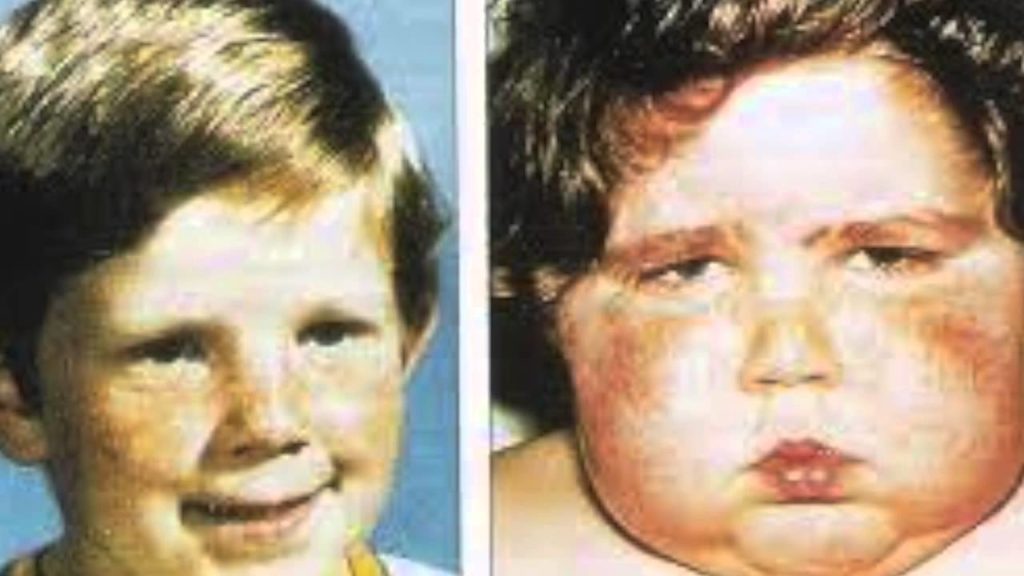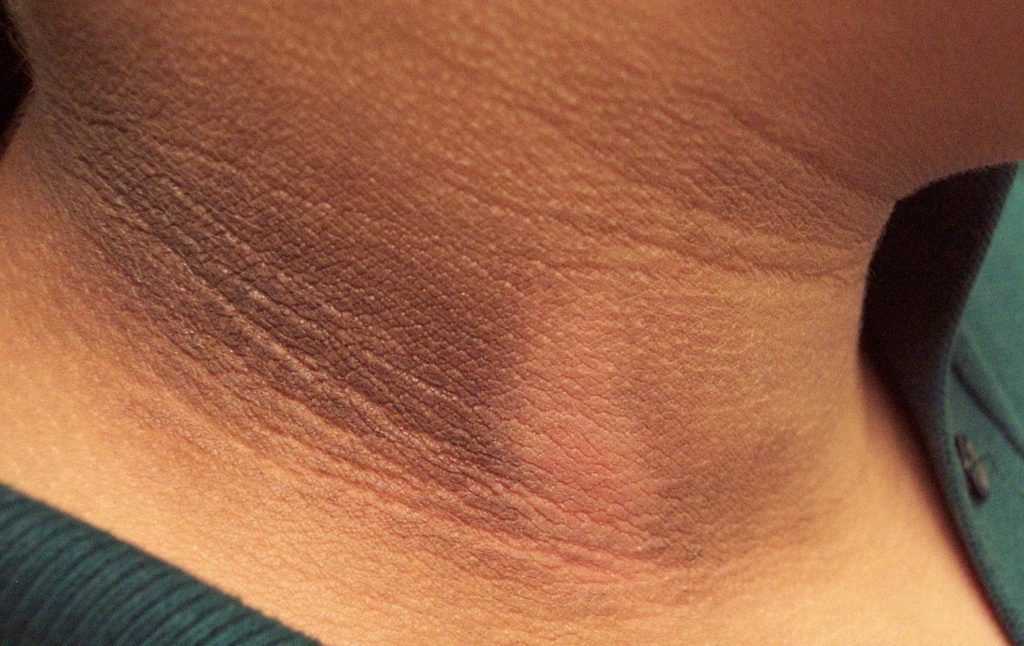Introduction
Cushing’s syndrome (hypercortisolism) is a collection of symptoms caused by very high levels of a hormone called cortisol in the body.
The symptoms of Cushing’s syndrome include:
weight gain
thinning skin that bruises easily
reddish-purple stretch marks on the thighs, stomach, buttocks, arms, legs or breasts
fat deposits that develop in the face, causing it to become round
muscle or bone weakness
decreased interest in sex (loss of libido)
What causes Cushing’s syndrome?
Cushing’s syndrome often develops as a side effect of treatment with corticosteroids. Corticosteroids are widely used to reduce inflammation and treat autoimmune conditions (where the immune system malfunctions and attacks healthy tissue).
People taking high doses of corticosteroids long-term often have a build-up of cortisol in their blood. This type of Cushing’s syndrome is sometimes called iatrogenic Cushing’s syndrome.
A less common cause of Cushing’s syndrome is where a tumour (growth) develops inside one of the body’s glands, causing it to produce an excessive amount of hormones. This is known as endogenous Cushing’s syndrome.
Read more about the causes of Cushing’s syndrome.
Diagnosing Cushing’s syndrome
Cushing’s syndrome can be difficult to diagnose because the symptoms are similar to those of other more common conditions, such as an underactive thyroid gland and high blood pressure.
Your GP will need to know whether you’ve been taking medication, and you’ll probably need to have a urine test, blood test, or saliva test to measure the levels of cortisol in your body.
Read more about how Cushing’s syndrome is diagnosed.
Treating Cushing’s syndrome
The main treatment for iatrogenic Cushing’s syndrome is to decrease or withdraw the use of corticosteroids. However, this must be done gradually to avoid any unpleasant side effects.
For endogenous Cushing’s syndrome, surgery to remove the tumour is usually recommended. If surgery is unsuccessful or it’s not possible to remove the tumour safely, medication can be used to counter the effects of the high cortisol levels.
Although treatment is effective, it can take some time to bring the symptoms under control – any time from a few weeks to a few years in some cases.
Left untreated, Cushing’s syndrome can cause high blood pressure, which increases the risk of heart attack and stroke.
Read more about treating Cushing’s syndrome.
Who’s affected?
Cushing’s syndrome is very rare, affecting around 1 in 50,000 people. Anyone can get it, although it tends to affect adults aged from 20 to 50 years. Women are three times more likely to develop the syndrome than men.

